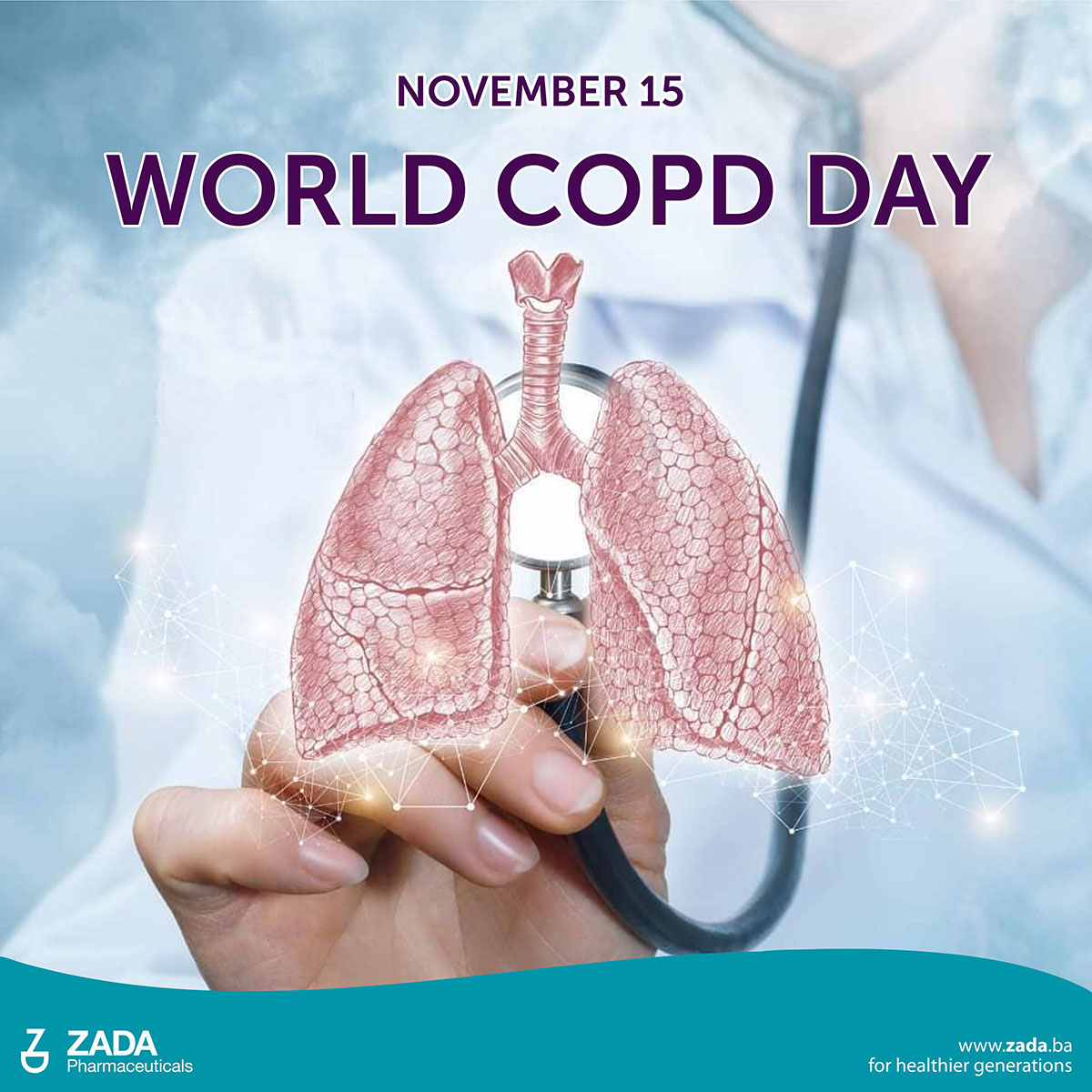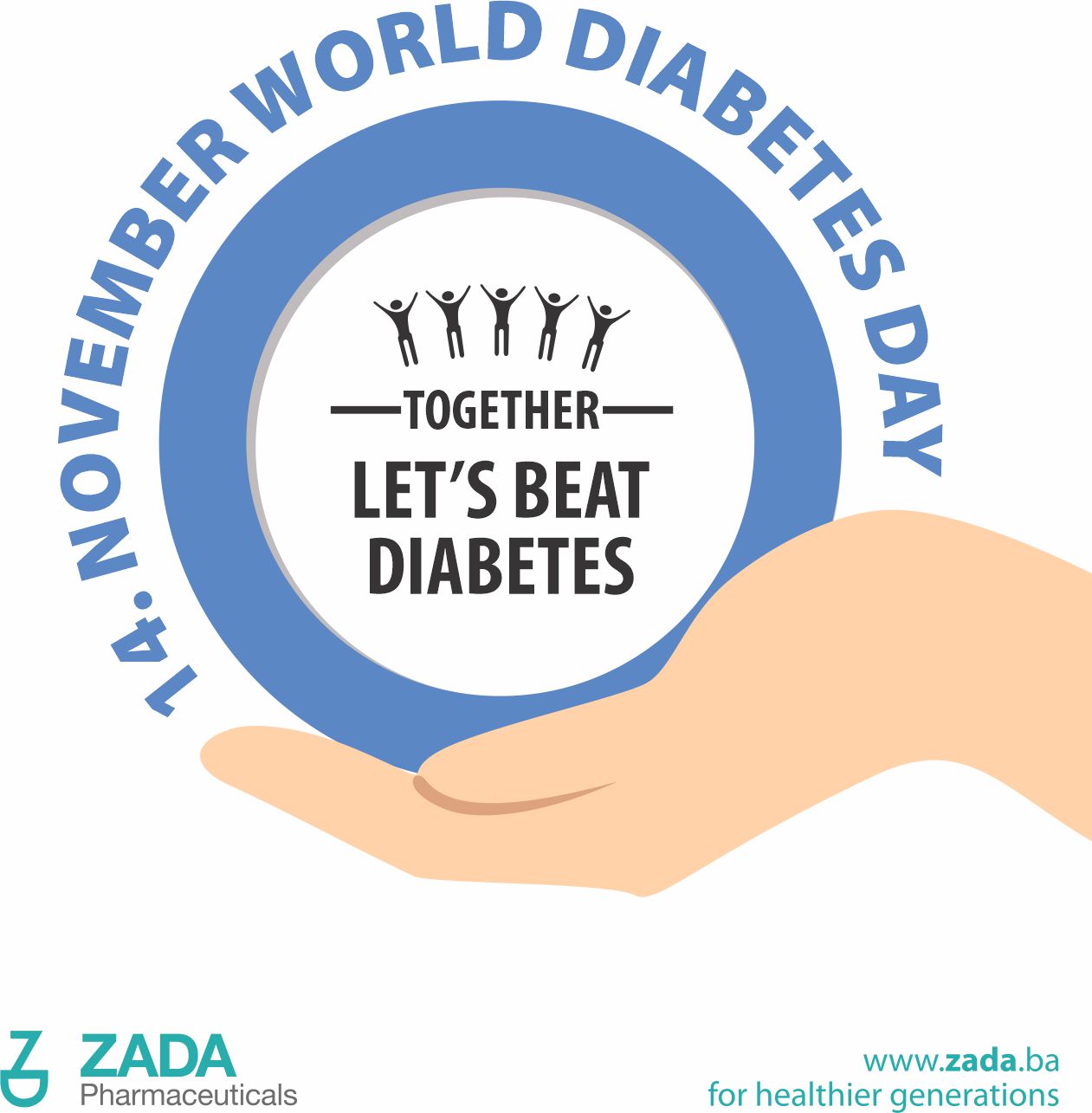The International Day against Chronic Obstructive Pulmonary Disease (COPD) is celebrated on November 15. According to current data from the World Health Organization, about 50 million people suffer from chronic obstructive pulmonary disease (COPD) and almost 3 million people get sick every year.
Chronic obstructive pulmonary disease (COPD) is characterized by restriction of airflow in the airways. As its name suggests, the disease is of a chronic course (it does not recede), of an obstructive character (the air flow in the airways is partially blocked).
Restriction of air flow is progressive in nature and is associated with an inflammatory reaction of the lungs to harmful particles or gases. In patients with COPD, the airway openings are smaller, ie less air in them, because the airway walls are thickened and swollen. The airways are constricted under the influence of the small muscles that surround them and a service is created in them that the patient coughs up. COPD most often affects smokers or ex-smokers, but also people who live in houses with a lot of gas (burning in furnaces for heating rooms) or those who worked in places where there was a lot of dust and smoke. Most patients with COPD are over 40 years old, but younger people can also get it.
People with COPD complain of coughing and coughing up mucous or “dirty” sputum, have difficulty breathing, choke, become breathless during physical exertion, and need a longer time to recover from a cold. As the disease progresses, the symptoms become more pronounced. Most patients call the doctor late and think that cough is a normal occurrence due to smoking.
COPD is a disease that affects more and more people every year and is a growing health and socio-economic problem. That is why we should actively work on the prevention of COPD. Given that the largest number of patients with this disease belongs to the population of smokers, prevention in terms of smoking cessation is the best way to reduce the incidence of this disease.
People at increased risk are:
– older than 40 years,
– persons exposed to risk factors for the development of COPD such as tobacco and other types of smoke, dust and harmful gases,
– people with symptoms such as chronic, recurrent cough, mucous sputum and shortness of breath.
COPD is insufficiently diagnosed, which is confirmed by new studies which indicate that 25% to 50% of patients with clinically present disease are not aware of their disease, with patients with milder stages of COPD predominating. The reason for this is that the symptoms develop slowly, and patients accept a chronic cough or a milder form of shortness of breath as a “common aging process” or a “common consequence of smoking”.
By spirometric examination, COPD can be diagnosed in the early stages before the development of symptoms, ie before the patient visits his doctor due to breathing problems. Early diagnosis may allow patients to slow or prevent a decline in lung function.






